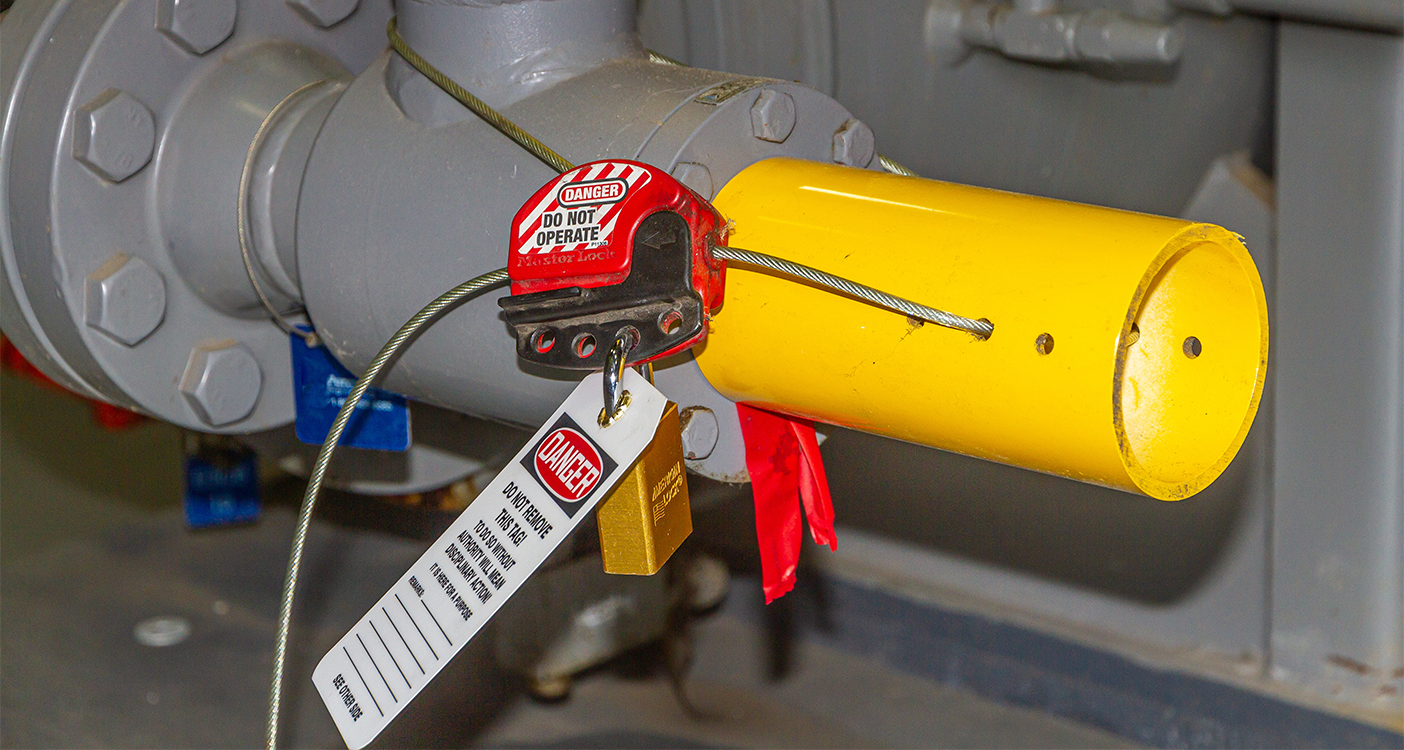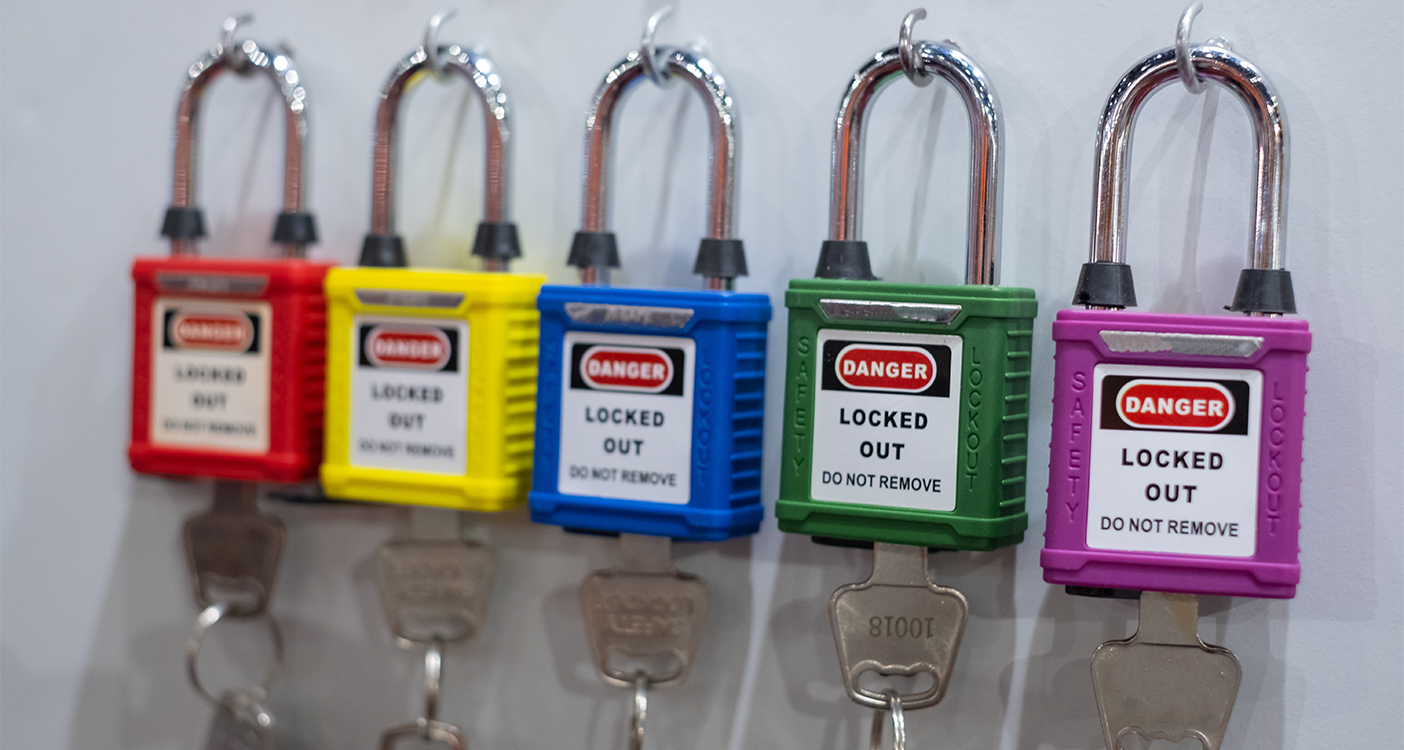|
|
|  | Control of Hazardous EnergyMany maintenance tasks at Northwestern may involve the presence of hazardous energy that could result in injuries such as cuts, fractures, electric shock, and amputations if the energy were released. Example tasks include adjusting and repairing equipment, replacing valves, and installing electrical equipment. As such, it's important that you understand the potential sources of hazardous energy in your work area and the procedures necessary to keep you and your colleagues safe.
The Northwestern Control of Hazardous Energy Program, also known lockout/tagout or LOTO, was developed to comply with the Occupational Safety and Health Administration (OSHA) standards and to prevent injuries from the accidental start-up of equipment or release of stored energy while undergoing service.
If your job involves work around hazardous energy, ensure you are up-to-date on your biennial Control of Hazardous Energy training in myHR Learn. | |
|
| Did you know?For over 20 years, lockout/tagout has been in OSHA’s “Top 10” most frequently cited standards and was 5th-most cited in 2024 with 2,443 violations in the U.S.
OSHA estimates that compliance with their standards saves 120 lives and prevents 50,000 injuries each year! |
|
| What is hazardous energy?Hazardous energy comes in many forms, and below are some common examples in the workplace:
- Electrical energy in energized and unguarded circuits
- Hydraulic energy (i.e., pressurized liquids) in plumbing systems, power presses, and vehicle braking systems
- Mechanical energy in moving parts like springs, wheels, and rotating components
- Pneumatic energy (i.e., pressurized gases) in paint spraying devices, air hoses and compressors, and cylinders
- Steam energy in heating and equipment systems (a combination of thermal, pneumatic, and hydraulic energies)
|
|
|
| Lockout/tagout proceduresLockout/tagout is an energy isolation technique performed by trained and authorized individuals before maintenance work and other situations when there is potential for a harmful hazardous energy release. Below are the basic lockout/tagout steps:
- Notify any affected individuals that the equipment will be shut down.
- Identify all hazardous energy sources and hazards.
- Shut down the equipment or system.
- Isolate all hazardous energy sources, such as by closing valves or opening circuit breakers.
- Install locking devices and tags that prevent operation and identify the person who installed them. If multiple people are involved (e.g., contractors), each person must install a lock or tag.
- Release any stored energy (e.g., bleed-off valves, capacitors).
- Verify the equipment is de‐energized; for example, attempt to start it or observe pressure gauges.
|
|
| Safety tips
- Do not work on energized equipment.
- Do not attempt to remove or tamper with locks or tags that are not yours.
- If you need to use equipment that is locked/tagged out, contact the individual on the tag or your supervisor.
- If you are not authorized and trained or are unsure about the hazardous energy sources on equipment, do not perform the work and contact your supervisor or EHS at ehs@northwestern.edu.
|
|
| Do you want to learn more? |
|
|
|
|



